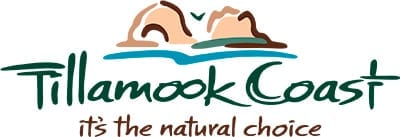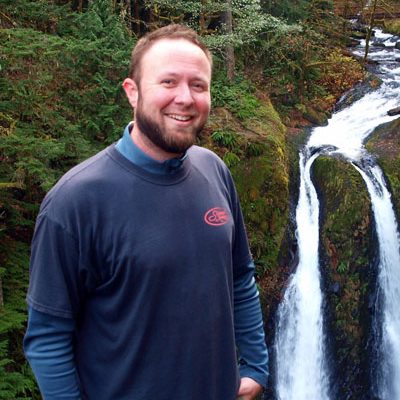Tillamook Coast Life Blog
Adam Sawyer’s Hiking Tips: Leave No Trace
Hello, good people!
Next up in our series on trail etiquette, safety, and stewardship, are the principles of Leave No Trace. Here we will take the time to cover all seven aspects of Leave No Trace.
Plan Ahead and Prepare
We did a whole post on “Have a Plan,” but it’s worth mentioning again. Know the regulations of the area you’ll be visiting. Be prepared for a variety of weather conditions, hazards, and emergencies. Schedule your trip to avoid times of high use. And use a map and compass or GPS to eliminate the use of marking paint, rock cairns, or flagging.
Travel and Camp on Durable Surfaces
Durable surfaces include maintained trails and designated campsites, rock, gravel, pavement, and sand. Protect riparian areas by camping at least 200 feet from lakes and streams. Good campsites are found, not made. Altering a site is not necessary.
In popular areas:
- Concentrate use on existing trails and campsites.
- Walk single file in the middle of the trail, even when wet or muddy.
- Keep campsites small. Focus activity in areas where vegetation is absent.
In pristine areas:
- Disperse use to prevent the creation of campsites and trails.
- Avoid places where impacts are just beginning.
Dispose of Waste Properly
Pack it in, pack it out. Inspect your campsite, food preparation areas, and rest areas for trash or spilled foods. Pack out all trash, leftover food, and litter.
Utilize toilet facilities whenever possible. Otherwise, deposit solid human waste in catholes dug 6 to 8 inches deep, at least 200 feet from water, camp and trails. Cover and disguise the cathole when finished. Pack out toilet paper and hygiene products. To wash yourself or your dishes, carry water 200 feet away from streams or lakes and use small amounts of biodegradable soap. Scatter strained dishwater.
Leave What You Find
Examine, photograph, but do not touch cultural or historic structures and artifacts. Leave rocks, plants and other natural objects as you find them. There are some exceptions with rockhounding and foraging, which we’ll cover in a future post. Avoid introducing or transporting non-native species. Do not build structures, furniture, or dig trenches.
Minimize Campfire Impacts
Where fires are permitted, use established fire rings. Keep fires small. Only use down and dead wood from the ground that can be broken by hand. Burn all wood and coals to ash, put out campfires completely, then scatter cool ashes. On the beach, douse with water and stir with a stick. Repeat until you can safely touch the area with your hand. DO NOT just bury the fire in the sand.
Respect Wildlife
Observe wildlife from a distance. Do not follow or approach them. Never feed animals. Feeding wildlife damages their health, alters natural behaviors, and exposes them to predators and other dangers. Protect wildlife and your food by storing rations and trash securely. Control pets at all times, or leave them at home. Avoid wildlife during sensitive times: mating, nesting, raising young, or winter.
Be Considerate of Other Visitors
We covered this one thoroughly in the Trail Etiquette post. But again, respect other visitors and protect the quality of their experience. Be courteous. Camp away from trails and other visitors and try to keep noise to a minimum.
Learn more about how you can be a steward of our trails and natural areas by visiting Caring For Our Coast.

